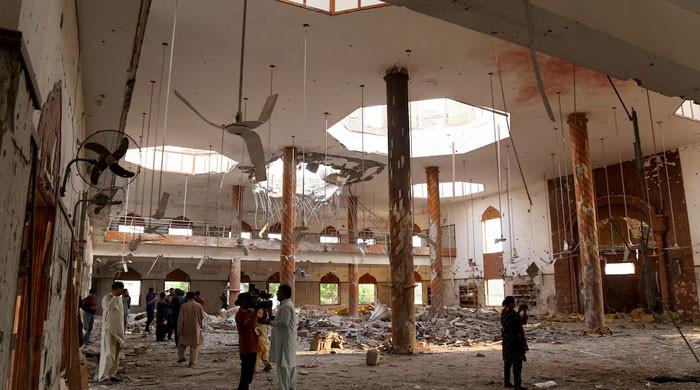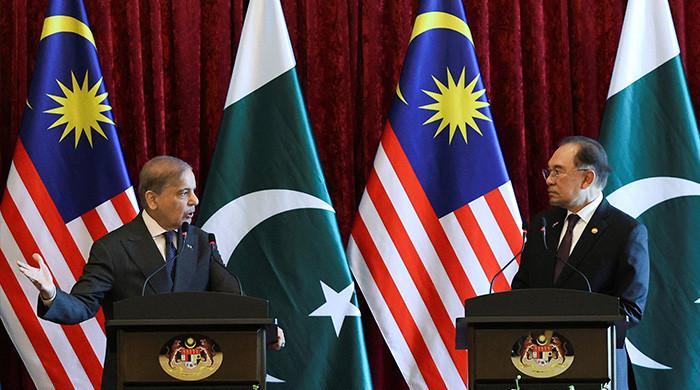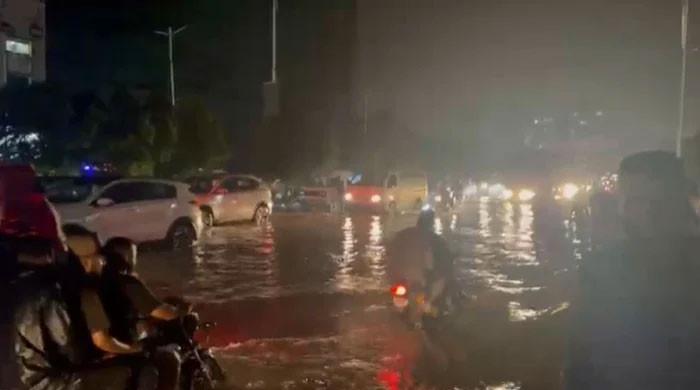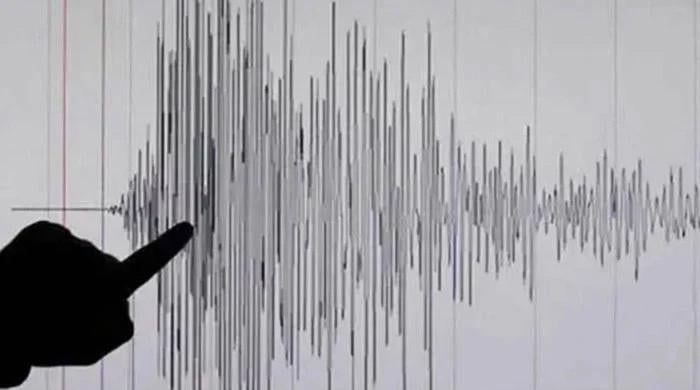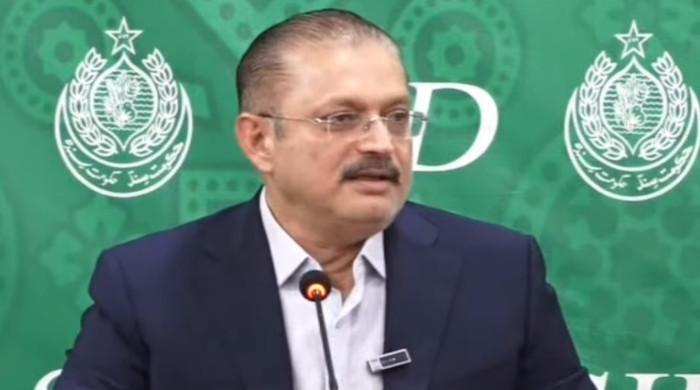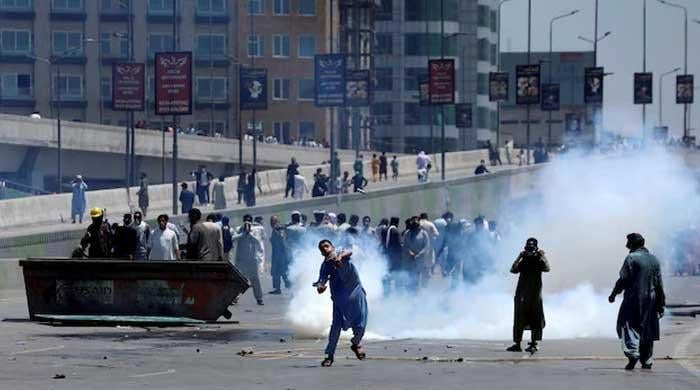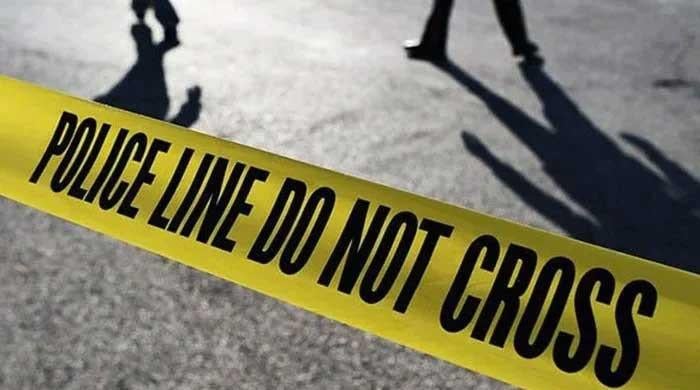Snapshot: Punjab’s education roadmap
A bird's eye view of how the Punjab government plans to raise education standards by 2018
June 22, 2017
On June 2, the government of Punjab unveiled a budget of Rs1.970 trillion for fiscal year 2017-18. Of this Rs345 billion have been kept aside for primary and higher education.
The allocation, says Punjab Chief Minister Shehbaz Sharif, is an uptick of almost 20% from last year’s amount reserved for education.
The next day, Sharif held a round table to reevaluate Punjab’s school reform roadmap, launched in 2010 to drive dramatic improvements in school enrolment and student achievement.
Below is a snapshot of how the Punjab government’s plans to raise education standards by 2018:
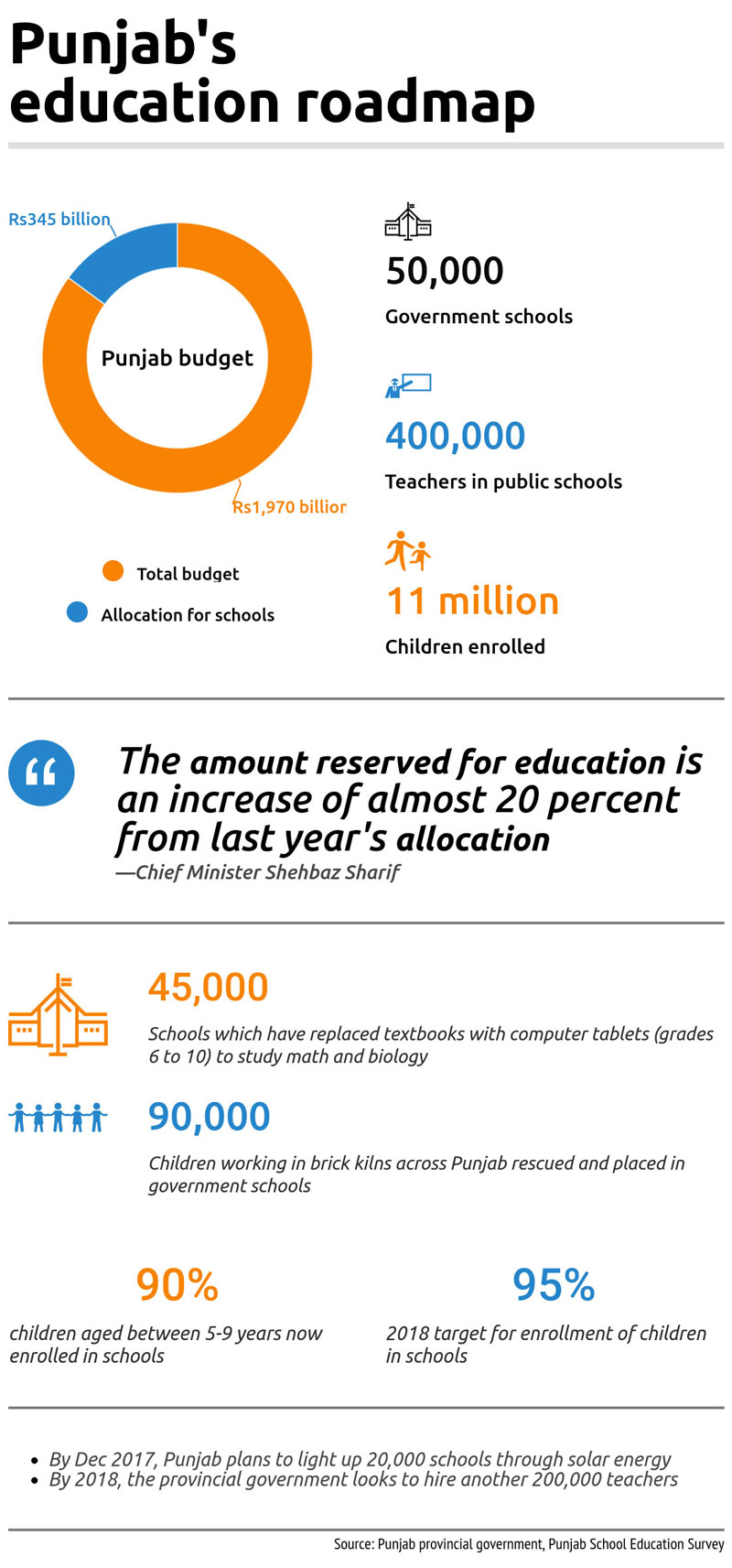
To date, there are 50,000 government schools, with over 11 million children enrolled and 400,000 teachers in Punjab.
Of the 50,000 schools, 45,000 have replaced textbooks with computer tablets, provided by the Punjab government. These tablets are available for grades six to ten to study mathematics and biology.
90,000 children working in brick kilns across the province have been rescued and placed in government schools as well.
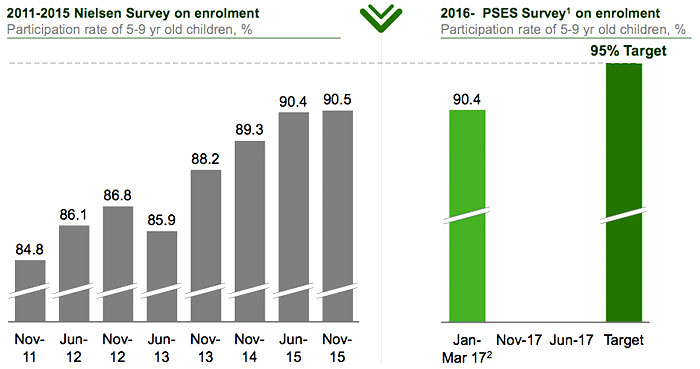
According to the Punjab School Education Survey (PSES), 90% of the children aged between five and nine years are now enrolled in schools, reducing the ratio of out-of-school children.
The Punjab government’s target for 2018 is to increase the percentage to 95.
The most out-of-school children are in Bahawalnagar, Rahimyar Khan, DG Khan and Rajanpur.
The total number of children not going to school in Pakistan in the 5-9 age bracket is 1.5 million.
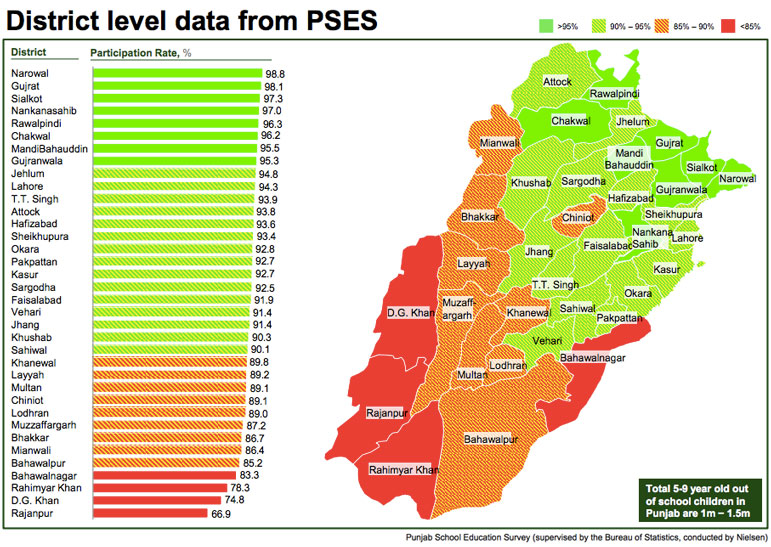
A total of 4,300 schools in Punjab have been outsourced to private NGOs to improve performances, such as the Care Foundation, NRSP, AKHUWAT, The Citizen’s Foundation.
“There are no ghost schools in the province,” states the Chief Minister’s School Reform Roadmap.




